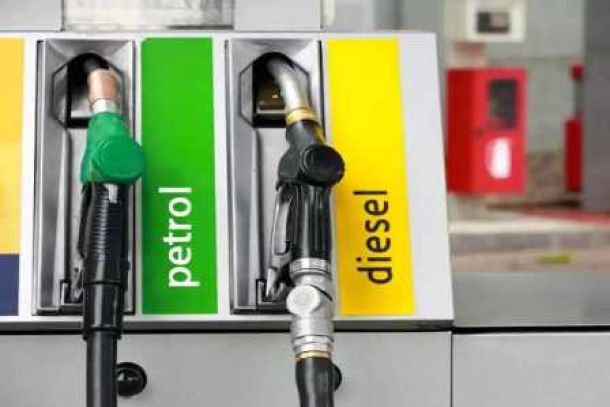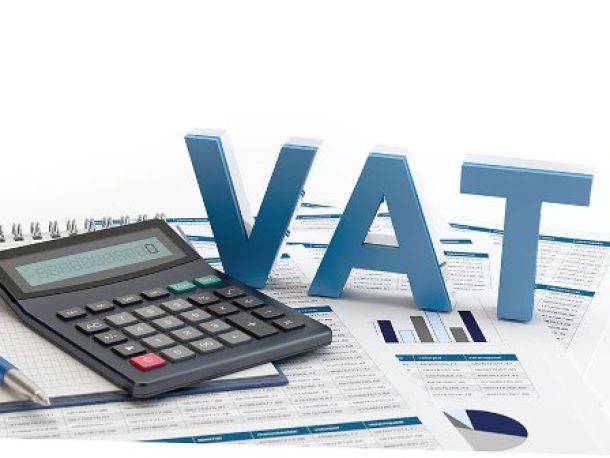The 2020 budget in a nutshell
Finance minister Tito Mboweni has delivered his 2020 budget speech, outlining the state of South Africa’s finances, and where the government will spend its money in the year ahead.
The state of South Africa
Mboweni painted a subdued picture of South Africa’s economic position, with low economic growth serving as a baseline for the massive interventions he wants to bring to life over the next three years.
With growth of 3.5%, sub-Saharan Africa is forecast to be the second-fastest growing region in the world. However, against this backdrop Mboweni said that Treasury forecasts that the South African economy will grow by only 0.9% and inflation will average 4.5% in 2020.
Alarmingly, Mboweni noted that the budget deficit for 2020/21 is expected to increase to 6.8% of GDP, with revenue projected to be R1.58 trillion, or 29.2% of GDP, and expenditure projected at R1.95 trillion, or 36% of GDP.
Over the next three years, total consolidated government spending is expected to grow at an average annual rate of 5.1%, from R1.95 trillion in 2020/21 to R2.14 trillion in 2022/23 – mainly due to mounting debt-service costs.
In-line with analyst projections, the finance minister pointed to cutting expenditure – rather than boosting revenue – as the key shift for the budget.
“As a major step towards fiscal sustainability, today we announce a net downward adjustment to main budget non-interest expenditure of R156.1 billion over the next three years relative to the 2019 Budget projections,” Mboweni said.
The total reduction is mainly the result of lowering programme baselines and the wage bill by R261 billion. These are partially offset by additions and reallocations of R111 billion. Of this, more than half, or R60 billion, is for Eskom and South African Airways, he said.
Effectively, government’s savings will come from adjusting the existing budget among departments, while also cutting the government wage bill over the next three years.
The highlights, low-lights and biggest changes are outlined below:
Tax changes
Counter to expectations, government will adjust tax brackets above inflation, which will see taxpayers paying 5.2% less income tax. However, there will be increases to the fuel levies, and the introduction of a new tax on heated tobacco products.
- Income tax: There will be an above-inflation increase in the personal income tax brackets and rebates.
- Fuel levies: Increases of 25 cents per litre to the fuel levy, which consists of a 16 cents per litre increase in the general fuel levy and a 9 cents per litre increase in the RAF levy.
- Tax free savings: Increase the annual contribution limit to tax-free savings accounts by R3,000 from 1 March 2020.
- Sin tax: Increase excise duties on alcohol and tobacco by between 4.4 and 7.5%. Also, government will introduce a new excise duty on heated tobacco products, to be taxed at a rate of 75 per cent of the cigarette excise rate with immediate effect.
- Expat tax: Government will increase the cap on the exemption of foreign remuneration earned by South African tax residents to R1.25 million per year from 1 March 2020.
- Green tax: The carbon tax rate will increase by 5.6% for the 2020 calendar year. Accordingly, the carbon tax rate will increase from R120 per tonne of carbon dioxide equivalent to R127 per tonne of carbon dioxide equivalent. The plastic bag levy will go up 25 cents.
- Medical aid tax credits: After a freeze last year, tax credits will increase R310 to R319 per month for the first two beneficiaries, and from R209 to R215 per month for remaining beneficiaries.
Good news for businesses in South Africa is that Treasury is looking at a future cut in corporate tax.
“We are also proposing broadening the corporate income tax base. This additional revenue will be used to reduce the corporate tax rate in the near future to help our businesses grow,” he said.
Bailouts for SOEs
Over the past 12 years, government has allocated R162 billion to financially distressed state-owned companies.
“These allocations generally provide short-term support, but cannot substitute for the far-reaching structural reforms needed to return them to operational and financial stability,” Treasury said.
Of the total allocations, Eskom accounts for 8%. In 2019/20, government allocated R49 billion to Eskom and committed R112 billion in medium-term funding.
This is the funding allocated to state owned companies over the next three years.
- Eskom: R112 billion (R56 billion in 2020/21)
- SAA: R16.4 billion (R10.3 billion in 2020/21)
- Denel: R600 million.
- South African Express: R200 million.
- SABC: Cash bailout of R1.1 billion.
Cutting the wage bill
The government wage bill is still the biggest expense in the budget – something which Mboweni wants to tackle over the next three years.
“Between 2006/07 and 2011/12, we were able to add about 190,000 employees. However, at the same time government wages also increased significantly. We cannot go on like this,” he said.
The aim is to cut R160 billion in the wage bill over the next three years, with the aim to save R37.8 billion in the next financial year.
“The employer has tabled an agenda item on the management of the public service wage bill at the Public Service Coordinating Bargaining Council, the focus is to discuss containment of costs in the final phase of implementation of the current wage agreement.
“Classroom sizes are growing, hospitals are getting fuller and our communities are becoming increasingly unsafe. Once we get wage growth, corruption and wasteful expenditure under control, we will focus our attention on hiring in important areas such as education, police, and health care. We can hire strategically, and better match skills with opportunities,” he said.
State bank and sovereign wealth fund
Mboweni said the “preferred options” for the establishment of a state bank are now ready – opting for a retail bank, with commercial principles.
“The architecture will be that of a retail bank operating on commercial principles. The state bank will be subject to the Banks Act, and will have an appropriate capital structure and performance parameters on investments and loan impairments.
It will be regulated by the Prudential Authority on its own merits, he said.
Mboweni also said the country would move ahead with the South African Sovereign Wealth Fund, with a target capital amount of about R30 billion.
“Given the legal, administrative and procedural issues involved, a relevant bill will be submitted during the course of this Parliament,” he noted.
He said funding sources could come from the proceeds of spectrum allocation, petroleum, gas or minerals rights royalties, the sale of non-core state assets, future fiscal surpluses and money we set aside.
“This will ensure that we continue to invest in the future generations of this country in a fiscally-prudent manner.”
Social grants
More than 18 million people receive a social grant in South Africa, which will be increased in the new financial year.
- R80 increase for the old age, disability and care dependency grants to R1,860 per month;
- R80 increase in the war veterans grant to R1,880;
- R40 increase for the foster care grant to R1,040 per month;
- The child support grant will increase by R20 to R445 per month.
“Changing the way we provide social grants has generated about R1 billion per annum in efficiency savings, which will be partly used to raise the daily subsidy per child,” he said.
Other highlights
- As previously hinted by the finance minister, there will be a big push to clamp down on dodgy ‘religious’ organisations. “There will be a renewed focus on illicit and criminal activity, including non-compliance by some religious public benefit organisations. Religious bodies must operate within the strict boundaries of the law if they are to enjoy tax exempt status,” he said.
- Government is easing up on NHI in the short term, with a reduction in the overall health budget to make room for rollout over an extended period of time. Over the medium term, R55.6 million is reprioritised to the Department of Health to strengthen its capacity to phase in NHI. This allocation will be reviewed as NHI is implemented.
- Nothing was said about e-tolls, only that clarity on government’s position on the user-pay principle as it relates to e-tolls is still expected. Declining e-toll revenue will have to be offset by other measures to repay Sanral debt. It could also affect funding for other investment projects.
- Many of the forward budget projections will hinge on successful negotiation with unions, and progress on Eskom reforms – and addressing the looming mess with the Road Accident Fund. “The Road Accident Fund is government’s second-largest contingent liability after Eskom. A decision on the Road Accident Benefit Scheme Bill is required to pave the way for a more affordable system.
The graphic below outlines how South Africa’s budget will be split:
News Category
- International retailers
- On the move
- Awards and achievements
- Legislation
- Wine and liquor
- Africa
- Going green
- Supplier news
- Research tools
- Retailer trading results
- Supply chain
- Innovation and technology
- Economic factors
- Crime and security
- Store Openings
- Marketing and Promotions
- Social Responsibility
- Brand Press Office
Related Articles

Empowering South African households through gro...

SPAR shares practical tips to beat food inflation

South African motorists could be paying up to R...

Big VAT changes on the cards




